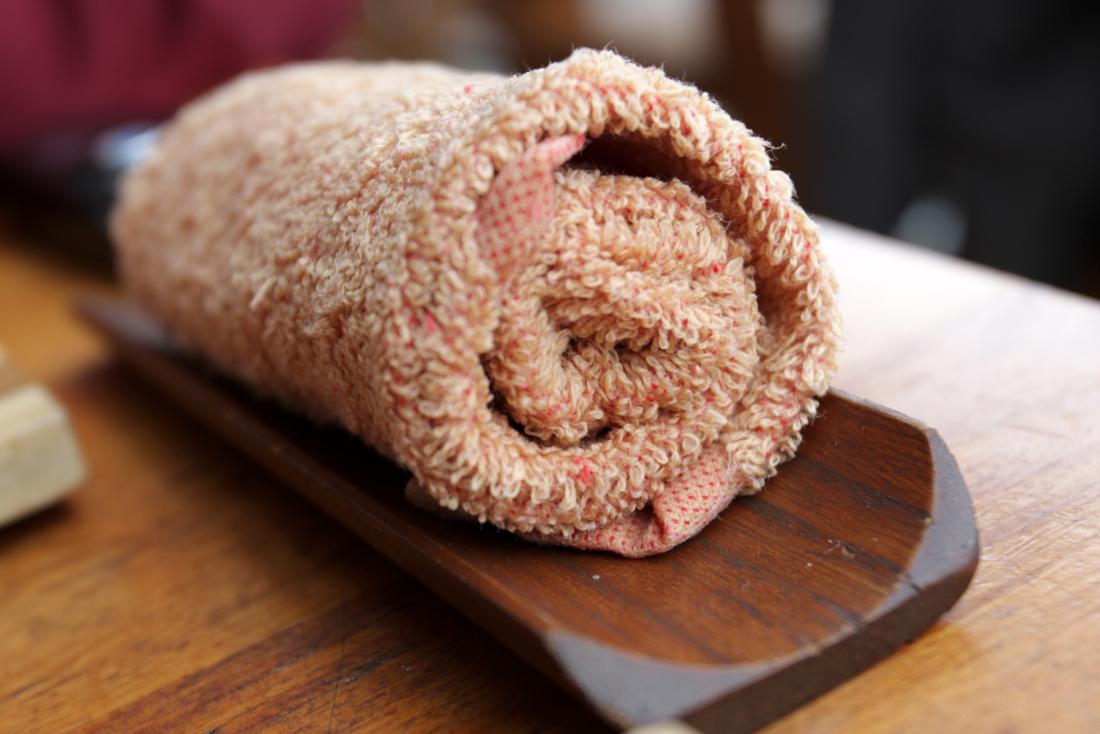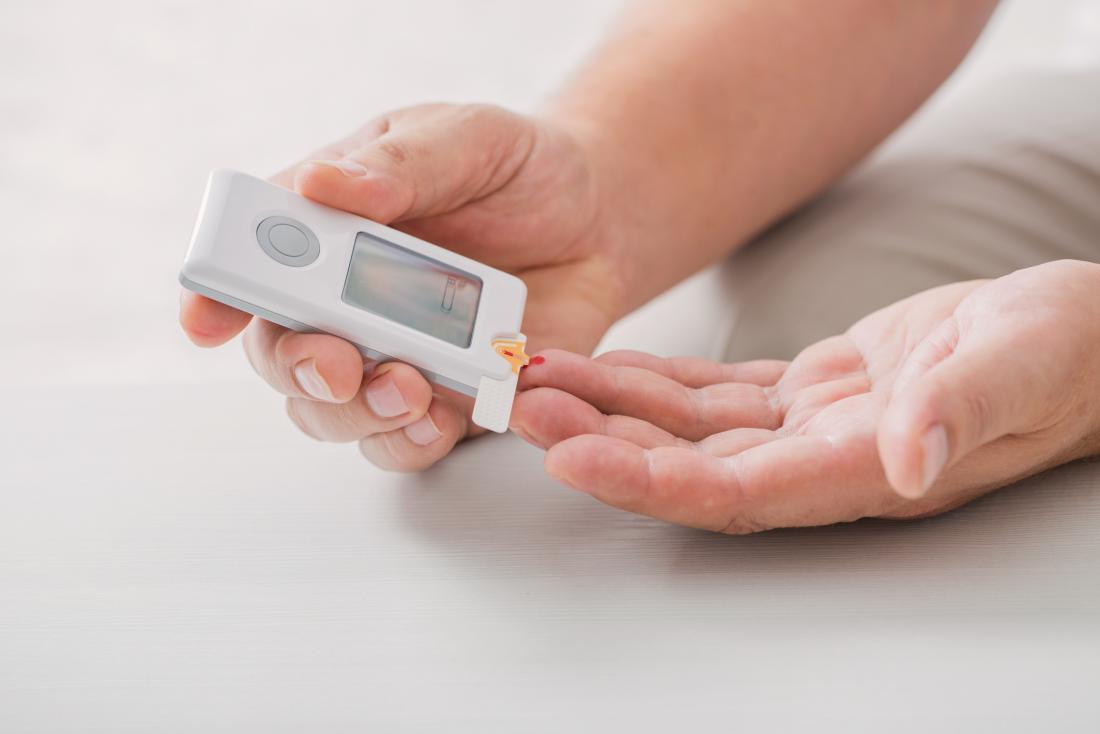Many people use heating pads to reduce neck pain, back pain, muscle aches, symptoms of arthritis, and menstrual cramps.
In this article, we describe three ways to make a heating pad at home. We also explore how heat can help relieve a variety of symptoms.
3 ways to make a homemade heating pad
Many stores sell heating pads, but they are easy to make at home.
To make a heating pad, use:
1. A wet dishcloth
Place a wet dishcloth in a freezer bag and heat it in a microwave. First, make sure that the bag is microwave safe.
Wrap the hot pack in a towel and place it on the affected area for 15–20 minutes at a time.
2. An oven-heated towel

A person can use a towel to make a homemade heating pad.
People can use this method to make a larger heating pad.
First, place a damp, folded towel in an oven set to 300°F (149°C). Leave the towel in the oven for 5–10 minutes. The right timing will depend on the thickness of the towel.
Once it is warm, wrap the towel in a thinner, dry cloth and place it on the affected area for 15–20 minutes.
3. An old sock
People can make reusable heating pads out of fabric or an old sock. It is also possible to use these as cold compresses by freezing rather than heating them.
Take an old, clean sock and fill it three-quarters full with uncooked rice, corn barley, or oatmeal. Tie or sew it shut and heat it in the microwave for 1–2 minutes.
To prevent burns, always test a heating pad on the inside of the arm before applying it to the affected area. It should feel comfortably warm, but not hot.
How heating pads work
Applying a heating pad can help ease pain in joints, muscles, and soft tissues. This is a form of heat therapy, or thermotherapy.
Heat increases the blood flow to the affected area, relaxing the muscles and helping to reduce stiffness in the joints.
Thermotherapy can help ease:
- back pain
- neck pain
- menstrual cramps
- migraine symptoms
- pain following an injury
- arthritis pain
During the healing process, increased blood circulation brings more oxygen to the injured cells. Oxygen accelerates the healing of tissues.
Heating pads are a popular method of thermotherapy. A hot bath or shower may also help.
Risks

Heating pads can pose a burn risk for people with diabetes.
Do not use heat therapy in the immediate aftermath of an injury. This is the inflammatory phase of healing, and heat could cause more swelling and tissue injury. Immediately after an injury, a cold compress can help reduce swelling.
Young children and elderly adults should not use heating pads.
Also, people with heat sensitivity issues should not use any form of thermotherapy. This includes people with neuropathy that results from diabetes or other conditions. They may not be able to feel a burn right away.
Women who are pregnant should not apply heating pads to the abdomen or pelvic area. They should also avoid hot tubs and bathing or showering in very hot water.
Takeaway
Heating pads can provide heat therapy, or thermotherapy. Many stores sell heating pads, but they are easy to make at home.
A homemade heating pad can ease pain from conditions such as arthritis, as well as back pain, neck pain, and menstrual cramps. Using a heating pad can also speed healing after a muscle injury.
Use any heating pad with caution, as it can burn the skin.
